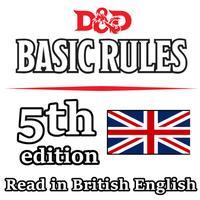Worlds of Adventure
The many worlds of the Dungeons & Dragons game are places of magic and monsters, of brave warriors and spectacular adventures. They begin with a foundation of medieval fantasy and then add the creatures, places, and magic that make these worlds unique.
The worlds of the Dungeons & Dragons game exist within a vast cosmos called the multiverse, connected in strange and mysterious ways to one another and to other planes of existence, such as the Elemental Plane of Fire and the Infinite Depths of the Abyss. Within this multiverse are an endless variety of worlds. Many of them have been published as official settings for the D&D game. The legends of the Forgotten Realms, Dragonlance, Greyhawk, Dark Sun, Mystara, and Eberron settings are woven together in the fabric of the multiverse. Alongside these worlds are hundreds of thousands more, created by generations of D&D players for their own games. And amid all the richness of the multiverse, you might create a world of your own.
All these worlds share characteristics, but each world is set apart by its own history and cultures, distinctive monsters and races, fantastic geography, ancient dungeons, and scheming villains. Some races have unusual traits in different worlds. The halflings of the Dark Sun setting, for example, are jungle-dwelling cannibals, and the elves are desert nomads. Some worlds feature races unknown in other settings, such as Eberron's warforged, soldiers created and imbued with life to fight in the Last War. Some worlds are dominated by one great story, like the War of the Lance that plays a central role in the Dragonlance setting. But they're all D&D worlds, and you can use the rules in this book to create a character and play in any one of them. Your DM might set the campaign on one of these worlds or on one that he or she created. Because there is so much diversity among the worlds of D&D, you should check with your DM about any house rules that will affect your play of the game. Ultimately, the Dungeon Master is the authority on the campaign and its setting, even if the setting is a published world.

